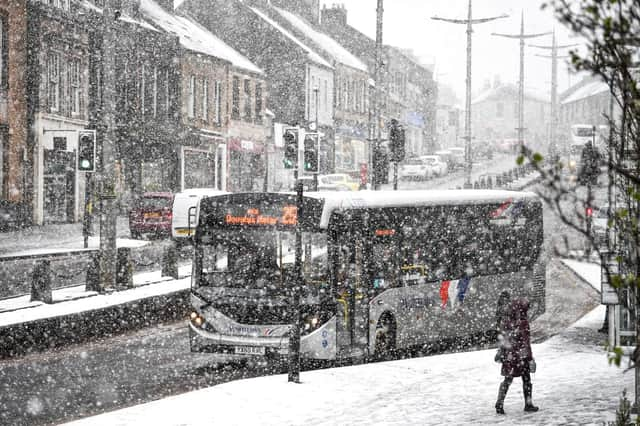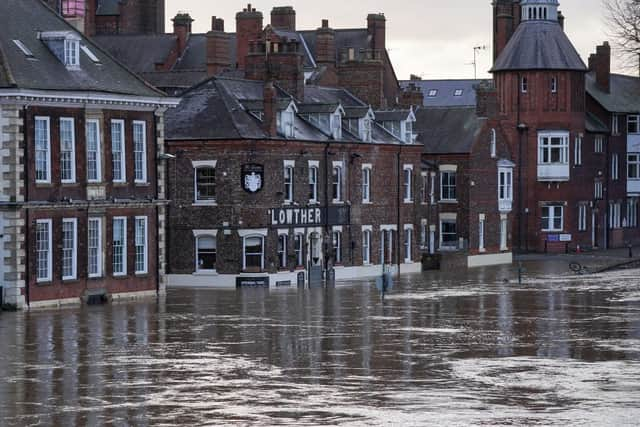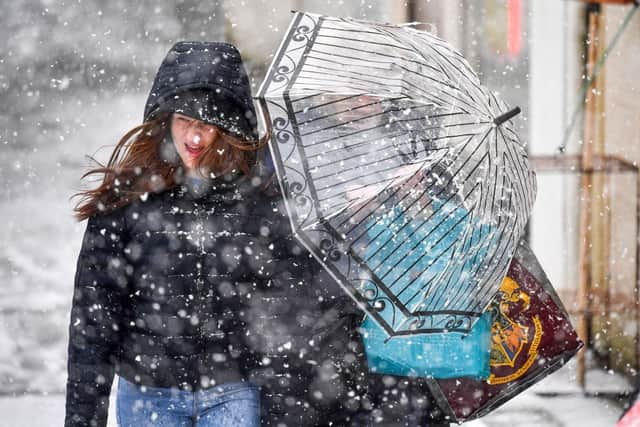Here's how storms are named and what comes next after Storm Dennis and Ciara


Having been battered by storms Ciara and Dennis in quick succession, many people in Scotland may be wondering how the names for these weather systems are chosen.
Storm Ciara caused havoc in the Scottish borders and is believed to have claimed two lives, while storm Dennis is expected to batter Scotland over the weekend, with warnings of “blizzard conditions” having been put in place.
Advertisement
Hide AdAdvertisement
Hide AdHere’s how those names were selected - and who chooses them.


Why do storms have names?
While the US has been naming its storms since the 1950s, the UK only adopted the practice in 2014.
Not all storms are given names – only those big enough to cause significant damage.
This means that only those prompting amber warnings (“be prepared”) or red warnings (“take action”) are given names.
Advertisement
Hide AdAdvertisement
Hide Ad

The aim of naming storms is to raise awareness of them and draw attention to the potential dangers they pose.
Giving a storm a name also holds the added benefit of making it easier for people to follow the storm’s progress via news updates and social media.
It’s hoped this will make people more likely to take cautionary action to keep themselves safe during periods of severe weather.
Various parts of the UK were hit with floods following storm Ciara. Picture: Ian Forsyth/Getty Images
Advertisement
Hide AdAdvertisement
Hide AdWho is responsible for naming storms?
In the UK, the Met Office is responsible for selecting each storm’s name, although they have asked members of the public to make suggestions as well.
The 2015 campaign called #NameOurStorms prompted more than 10,000 suggestions in its very first year, providing a diverse list of potential names.
Suggestions are also taken from the Met Office’s Irish counterpart, Met Eireann.
This year, they have also teamed up with the Dutch weather organisation, Royal Netherlands Meteorological Institute (KNMI) to provide the most eclectic list yet.
Advertisement
Hide AdAdvertisement
Hide AdHow are the names chosen?
Once names have been submitted by the public, the Met Office takes the most popular entries to form a list, with one name beginning with each letter of the alphabet.
They then move though the list in alphabetical order, alternating between male and female names as they go – that’s why Ciara was followed by Dennis this year.
Storms with typically female names have been found to cause more deaths than those with male ones, a 2014 study of American hurricanes found.
The study’s co-author, University of Illinois professor Sharon Shavitt said that the behaviour associated with each gender makes “a female-named hurricane, especially one with a very feminine name such as Belle or Cindy, seem gentler and less violent” to many people.
Advertisement